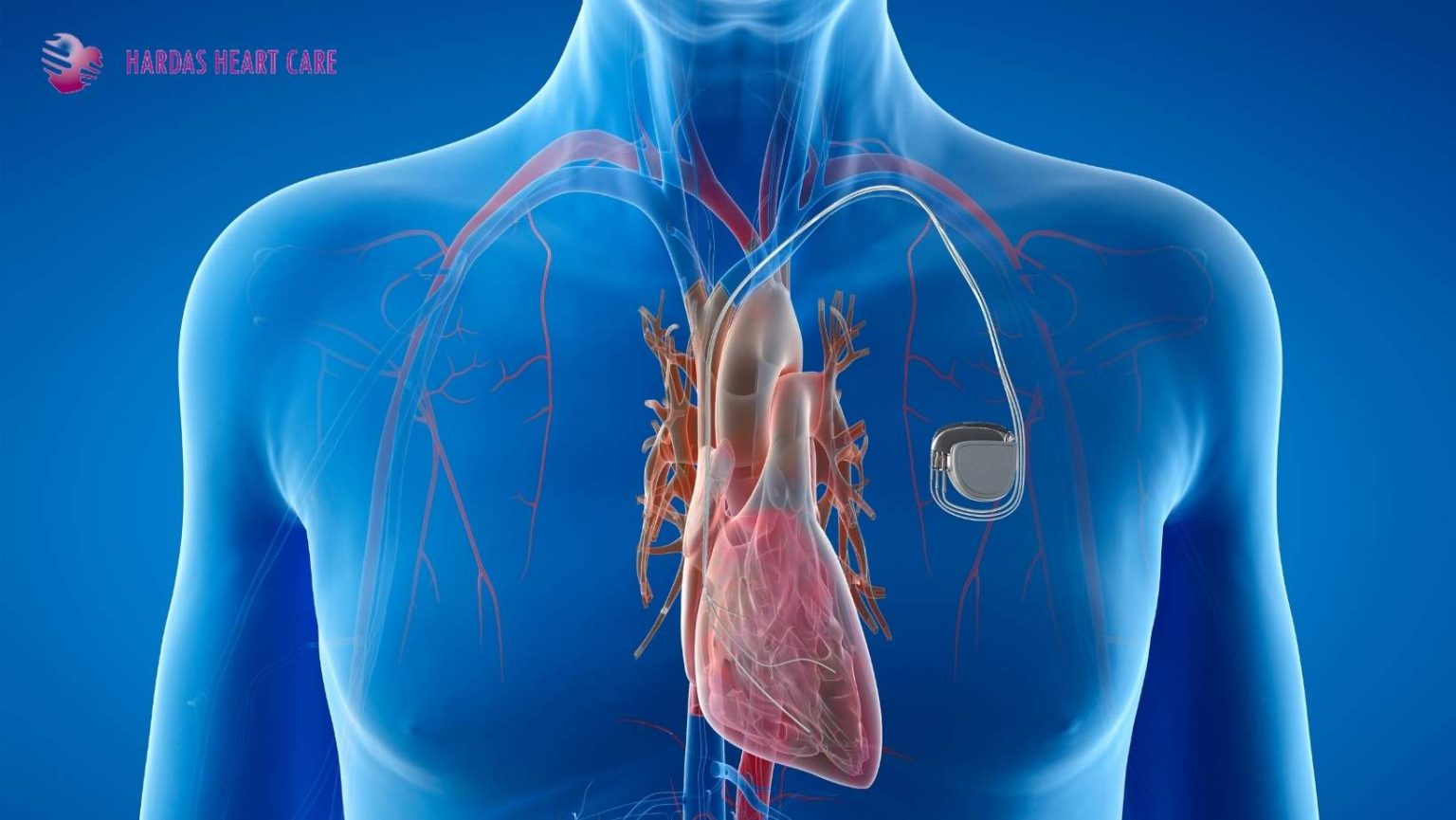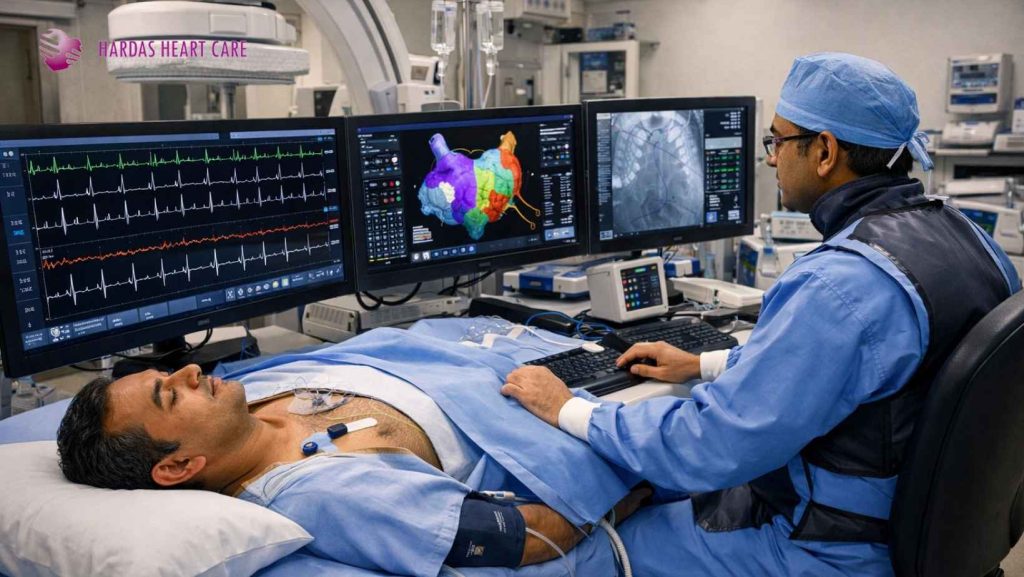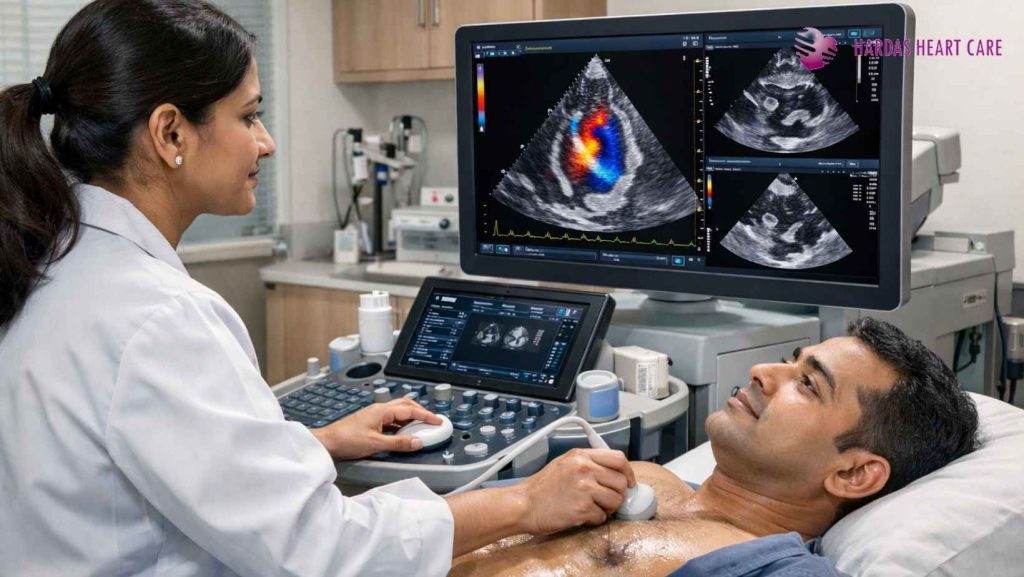A pacemaker is much more than a medical device—it’s a lifeline for those living with irregular heart rhythms. For many patients, it restores a steady heartbeat, reduces symptoms, and allows them to live a healthier, more active life. But living with a pacemaker also requires awareness and lifestyle adjustments.
Best interventional cardiologist in Pune Dr. Suhas Hardas emphasizes that a pacemaker is not a limitation but an opportunity to live life with confidence. “When patients understand how their pacemaker works and follow simple precautions, they enjoy excellent quality of life and, in many cases, extended longevity,” says Dr. Hardas.
Here are 10 key aspects you should know about living safely and happily with a pacemaker:
1. Understanding How a Pacemaker Works
A pacemaker is a small, battery-powered device implanted under the skin near the collarbone. It sends gentle electrical impulses to maintain a normal heart rhythm when the heart beats too slowly or irregularly.
Modern pacemakers come with advanced features like rate responsiveness, which adjusts your heart rate during exercise, and remote monitoring, allowing your doctor to track its function even from a distance.
Dr. Hardas advises patients to learn about their device model: “The more you know about how your pacemaker supports you, the more confident and comfortable you’ll feel in daily life.”
2. Importance of Regular Checkups
After implantation, follow-up visits are crucial. These ensure the device is functioning properly, the leads are stable, and the battery is in good condition. Many hospitals now offer remote device monitoring, but in-person visits remain essential.
“Routine evaluations give us the opportunity to adjust settings and address issues early, so patients can live worry-free,” says Dr. Hardas.
3. Recognizing Signs of Malfunction
While pacemakers are highly reliable, you must stay alert for warning signs like fatigue, shortness of breath, dizziness, fainting, or irregular heartbeat. These could indicate either a device issue or a change in heart health.
Dr. Hardas stresses: “Never ignore these symptoms. Prompt consultation ensures timely management and prevents complications.”
4. Being Aware of Electromagnetic Interference (EMI)
Electromagnetic fields can sometimes disrupt pacemaker function. Common sources include MRI machines, large magnets, or industrial electrical equipment. While airport scanners and household electronics are generally safe, patients should avoid lingering near anti-theft detectors in malls.
“Always inform your healthcare provider about your pacemaker before undergoing medical procedures,” Dr. Hardas reminds.
5. Staying Physically Active
Exercise is not only safe but also beneficial after pacemaker implantation. Activities like walking, swimming, or yoga are encouraged. Initially, patients should avoid heavy lifting or strenuous chest movements until the implant site heals.
Dr. Hardas recommends avoiding contact sports: “A blow to the chest can damage the device. But otherwise, most patients can enjoy an active lifestyle and even exercise more comfortably than before implantation.”
6. Precautions During Medical Procedures
Some medical treatments, such as MRI scans or diathermy, may interfere with pacemakers. Patients should always carry their pacemaker ID card, which provides details about the device to medical professionals.
“This simple habit ensures that no procedure compromises your pacemaker’s safety,” Dr. Hardas advises.
7. Caring for the Implant Site
The implant site requires special attention in the first few weeks. Keep the area clean and dry, avoid excessive arm movements on the implant side, and watch for redness, swelling, or pain.
“Timely care of the surgical site prevents infection and ensures proper healing,” says Dr. Hardas.
8. Battery Life and Replacement
Pacemaker batteries typically last between 5 and 15 years. During checkups, your doctor will monitor battery status and schedule replacement before it runs out. The replacement procedure is simpler and less invasive than the initial surgery.
Dr. Hardas reassures patients: “Battery change is quick and safe. There’s no need to worry about running out of time—the device will give us ample signals in advance.”
9. Lifestyle Adjustments for Long-Term Health
Living with a pacemaker involves minor changes that go a long way:
Diet: Follow a heart-healthy diet with fresh fruits, vegetables, lean proteins, and whole grains.
Travel: Pacemakers are safe during air travel, but always inform airport security staff.
Work: Most professions are suitable, but those involving high-voltage machinery or strong magnetic fields may need adjustments.
Dr. Hardas notes: “Patients often ask, ‘Can I live normally with a pacemaker?’ The answer is yes. With small precautions, you can lead a fulfilling and independent life.”
10. Emotional and Mental Well-being
For some, adapting to life with a pacemaker brings anxiety or fear of device failure. Support groups, counseling, or simply talking to your doctor can help ease these concerns.
“Remember, your pacemaker is your partner in health, not a burden,” Dr. Hardas says. “Maintaining positivity, social connections, and hobbies is as important as medical care.”
FAQs
1. What are the side effects of a pacemaker?
Minor swelling, bruising, or discomfort at the implant site are common initially. Rare risks include infection or device interference.
2. What is the life expectancy of a person with a pacemaker?
Many patients live decades with a pacemaker, as it stabilizes heart rhythms and prevents dangerous arrhythmias.
3. Can you live a normal life with a pacemaker?
Yes. With follow-up care and precautions, patients can exercise, travel, and enjoy an excellent quality of life.
4. Is there an age limit for pacemaker implantation?
No. Pacemakers are implanted based on medical need, benefiting both young and elderly patients alike.
Conclusion
A pacemaker is not just a medical device—it’s a second chance at life. With regular follow-ups, healthy living, and the right mindset, patients can live for decades with comfort and security.
Dr. Suhas Hardas emphasizes:
“Pacemakers significantly improve survival and quality of life. They allow patients with heart rhythm disorders to live actively, travel freely, and enjoy precious moments with family. The key is awareness, discipline, and trust in your healthcare team.”
If you’re considering pacemaker implantation in Pune or have recently undergone the procedure, consult with an experienced cardiologist to guide you on the right path forward.



